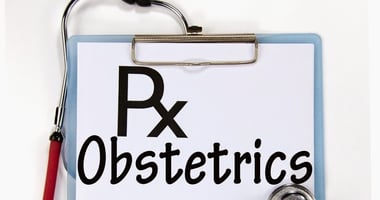Collaborative depression care adapted to women's health settings appears to improve depressive and...
Adolescents With Depression Found to Benefit From Collaborative Care Program
 |
For the study, Nathan Shippee, Ph.D., of the University of Minnesota, Minneapolis, and colleagues from the Mayo Clinic assessed the effectiveness of EMERALD (Early Management and Evidence-based Recognition of Adolescents Living with Depression), a collaborative care program in a busy primary care practice in the Midwest.
Patients aged 12 to 18 with a depression diagnosis score of ≥10 on the nine-item Patient Health Questionnaire for Adolescents (PHQ-9A) who did not have a bipolar disorder diagnosis were eligible to participate. The sample included 162 EMERALD participants and 499 non-EMERALD participants with the same diagnostic profile.
After receiving an initial diagnosis of depression from a primary care provider (PCP), patients and parents who verbally agreed to participate in the EMERALD program were referred to a registered nurse care coordinator trained in depression management and motivational interviewing. For each adolescent, the nurse checked in by phone or face-to-face weekly or biweekly, and with one or both parents biweekly. The nurse used motivational interviewing and other strategies to encourage patients to identify specific concerns and goals for each visit. In weekly case review meetings with the nurse, a child and adolescent psychiatrist made treatment recommendations. The nurse passed the recommendations to the PCP, who made the final decision. The nurse then worked with the patient and his or her parents on the recommendations.
Patients who did not enter EMERALD received usual care from a PCP.
Patient outcomes were tracked via a clinical registry. The primary clinical outcomes were six-month remission of depression (score <5) and six-month treatment response (>50% reduction from baseline), as measured by the PHQ-9A. Overall, patients receiving collaborative mental health care experienced higher rates of remission (11 percentage points higher) and treatment response (14 percentage points higher) than patients who received treatment as usual.
“Practices may want to consider implementation of an analogous model of care to improve depression outcomes among adolescents,” the authors wrote. “Future studies could examine which groups might benefit most and flexible payment models to support these services.”
For related information, see the Psychiatric News article “Collaborative Care for Youth: Statewide Success Stories,” by Robert J. Hilt, M.D., M.S.
(Image: iStock/izusek)





-Jun-24-2025-04-35-22-5631-PM.jpg?height=200&name=%60Katon%20Photo--2012%20(~5x7+@300ppi)-Jun-24-2025-04-35-22-5631-PM.jpg)
